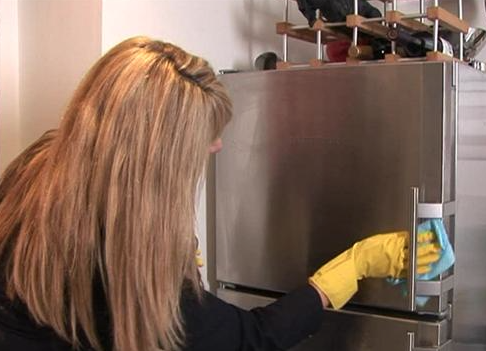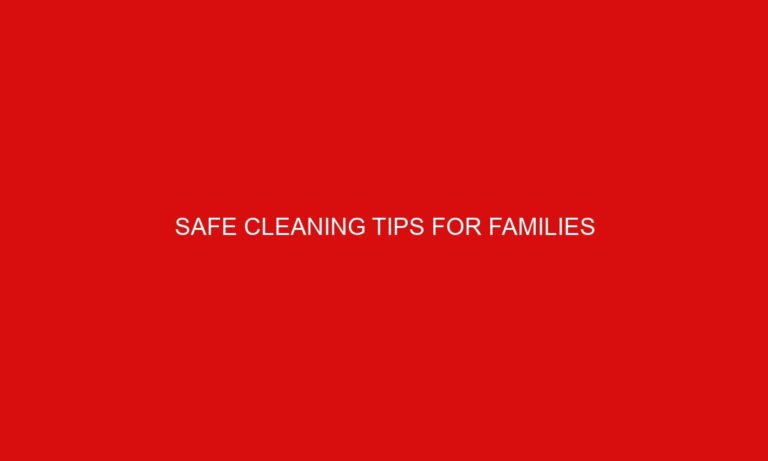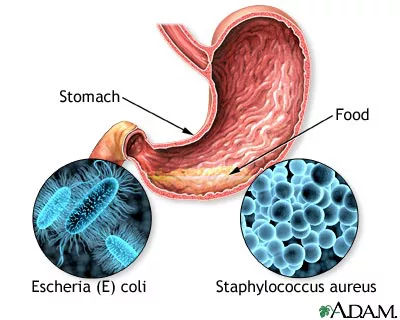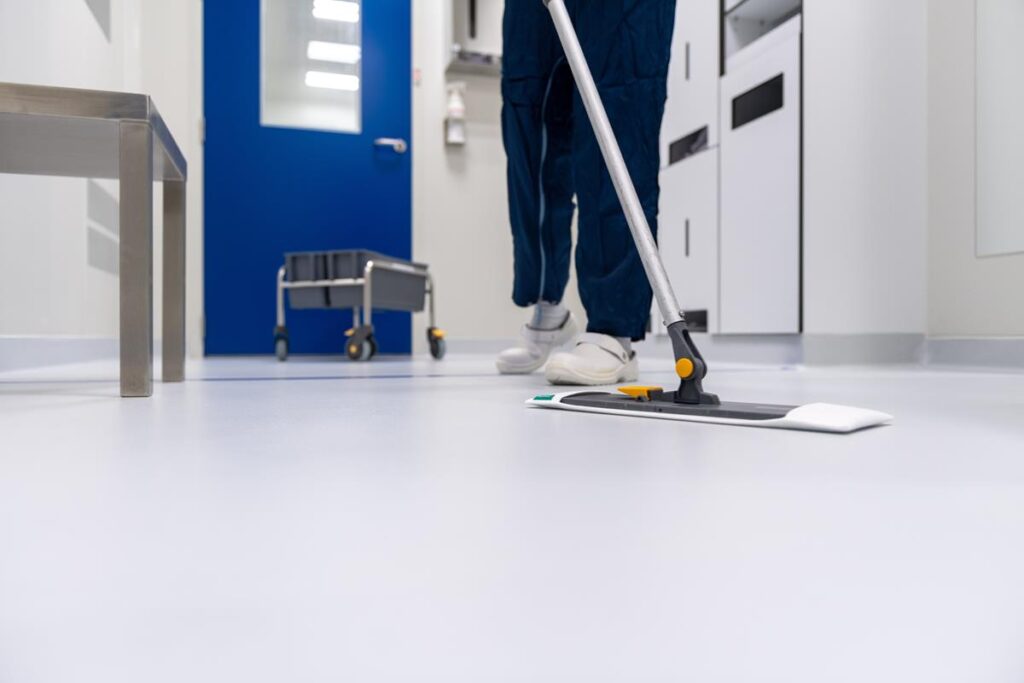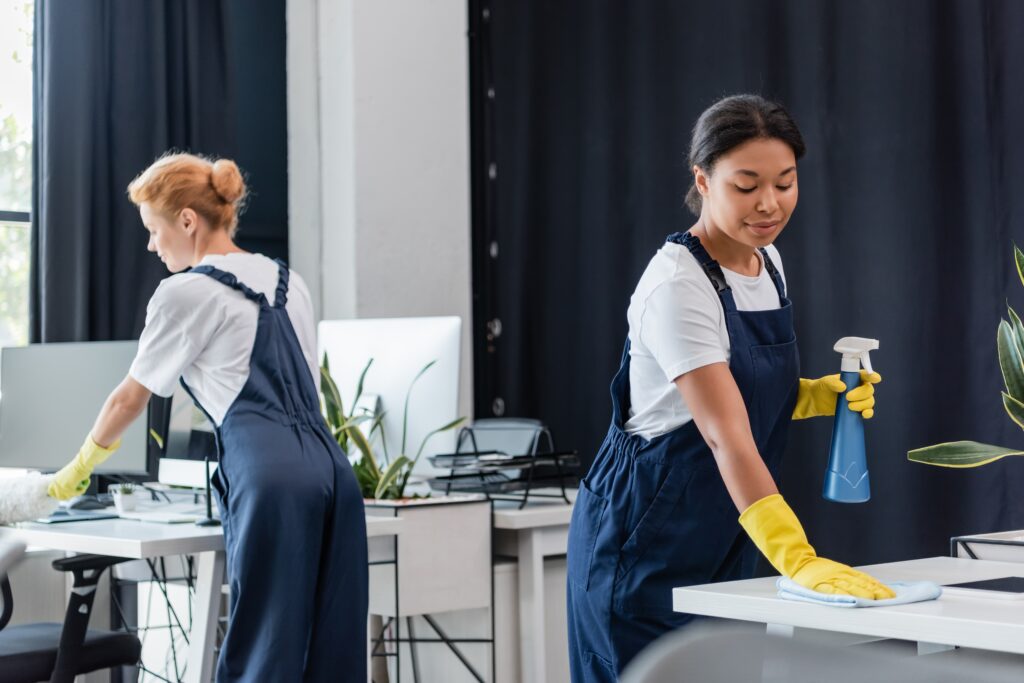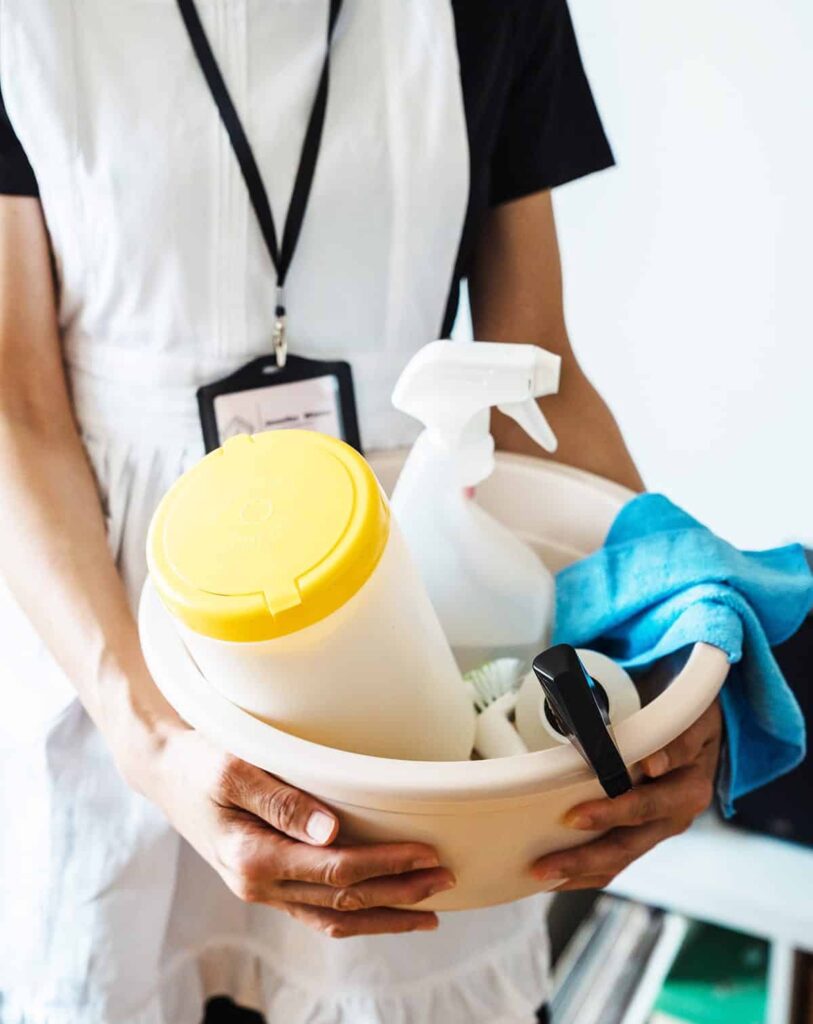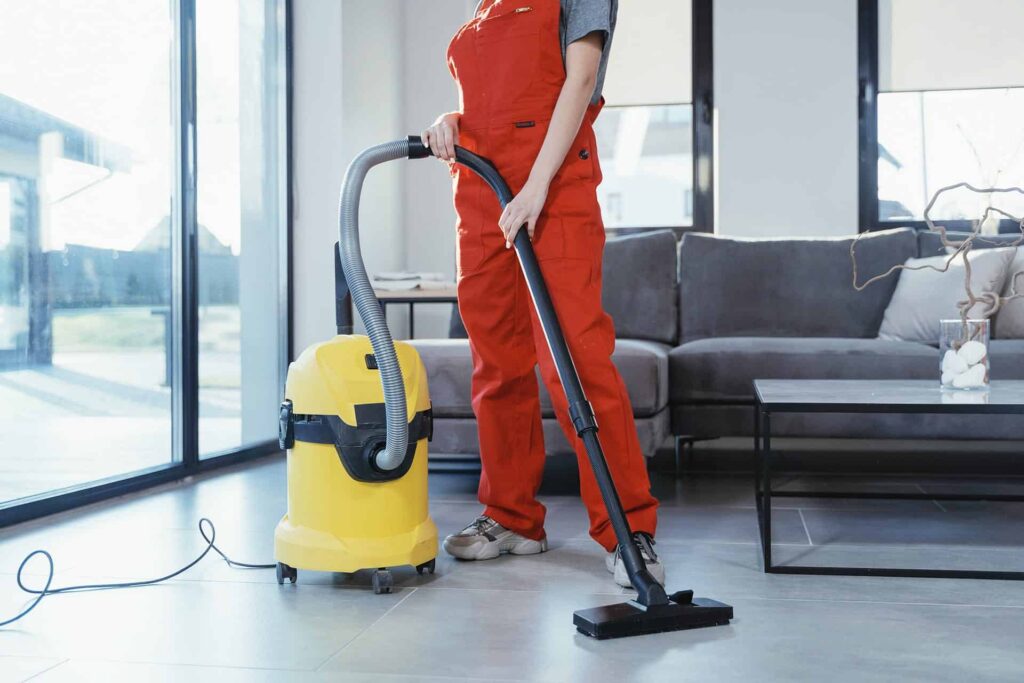How to Clean Your House Free of Indoor Allergens
How to Clean Your House Free of Indoor Allergens
Written by:
Allergies and allergy attacks are common occurrences that are often associated with spring and outdoor triggers such as pollen. While these allergy triggers are undeniable, they are not by any means the only culprits. Inside the home, and other buildings as well, there are numerous allergens that affect people year-round. These allergens may affect the air quality so profoundly that it causes serious health problems to the people who live within its walls. Indoor allergy triggers are fairly common and include, but are not limited to, dust and dust mites, pet dander, and mold. Fortunately, these are problems that can be managed and even eliminated entirely with some effort. Often this means first identifying what the specific allergen is, where it is located, and then understanding and employing the best method of cleaning and removing it.
Dust
Dust is a collection of skin, hair, bacteria, insect remains and feces, and other potential household allergens such as mold. Dust may even come from lead paint. It is in the air and eventually settles and collects on the surface of items throughout the house. It is so invasive that it is impossible to completely remove it from the home. Even in otherwise clean homes, dust can be found on nearly every surface. Carpets, air ducts, and curtains are common areas where dust settles. People who suffer from dust allergies will want to take certain measures to ensure that they have eliminated as much of it as possible when cleaning their homes. To accomplish that, it is important to choose the right tools before starting the cleaning process. When selecting a vacuum cleaner, choose one that will not discharge particles of dust into the air. Vacuum cleaners that discharge down toward the carpet or flooring disrupt the dirt that is on the ground and cause it to float upward into the air. In fact, according to Texas A&M, it causes a 98 percent increase in dust in the air. Upward discharging vacuum cleaners are little better, releasing 35 percent more dust into the air. Ideally, one should use a standing canister vacuum with horizontal discharge, a vacuum with a HEPA filter, or one that is certified asthma-friendly. Carpeted floors should be vacuumed once or twice weekly. Wet cleaning will effectively pick up dust and dirt from hard surface flooring such as linoleum or wood floors. Remove dust from furnishings, window frames and sills, by wiping them down with a damp or treated cloth. Weekly vacuuming the inside of one’s closet, the backs of furniture, and the walls will also help reduce the amount of dust that is in a home. Additionally, routinely wash throw rugs, curtains and decorative blankets for maximum results.
Dust Mites
Dust mites are small animals that are so tiny that they are microscopic. They feed off of dead skin flakes and thrive in humid areas. Their feces as well as their body parts are the cause of allergic reactions in some. Dust mites are found in nearly every room of the home, but are typically most abundant in bedrooms on things such as mattresses and bedding. Large amounts of dust mites may also be found in carpets throughout the house. Like dust, it is nearly impossible to remove dust mites 100%; however, people can reduce their exposure to them. To combat dust mites, clean blankets and sheets in hot water weekly. This will not only kill the mites, but also their eggs. Monthly, wash bed pillows, and replace them entirely after five years of use. Use impermeable mattress covers to help keep mites out of the mattress, and replace the mattress after ten years. Mites also frequently get on and in stuffed toys, which should also be washed weekly if it is safe to do so. Toys that cannot be safely washed in hot water may be put in the freezer for twenty-four hours. This will freeze and kill them and their remains can be rinsed off under cool running water. Wash curtains regularly or remove curtains entirely and use shades to cover windows. If possible, remove wall to wall carpeting and replace with hard-surface flooring; otherwise vacuum once or twice weekly using a vacuum cleaner with a HEPA filter.
Mold
Like mites, mold thrives on humidity and, as a result, humidity in the home should be kept at 50%t or lower. Mold can be found in poorly lit, damp places and in areas that have poor circulation. Typical places for mold growth include window sills, door jams, bathrooms, cellars and basements. Draperies, shower curtains, and rugs are also common areas for mold growth. To clean mold from washable surfaces, a solution of five percent chlorine bleach can be used. Mold should be cleaned as soon as it is detected to prevent its spread. Routine cleaning to prevent mold growth includes wiping out all sinks, tubs and counter tops to remove moisture. Decorative towels hanging in the bathroom should be washed in hot water weekly to remove any spores, as should bathroom floor mats. Keep window sills, refrigerator doors and basements dry and clean at all times.
Pet Dander
As the name suggests, pet dander comes from one’s pet. Although it is a common belief that pet dander is fur, it is actually tiny flakes of skin from animals that have feathers or fur. Most often this means dogs or cats; however, birds, pet mice or other furred rodents are also sources of pet dander. Pet dander is very light and can float through the air for very long periods of time. When it lands it can stick to most any surface, including bedding and furniture. As a result it can be found anywhere in the home. When cleaning to remove pet dander vacuum regularly, no less than once a week, to remove as much of the dander as possible. Wash bedding and furniture covers in hot water. Because animal dander mixes in and becomes a component of dust, it is important to dust regularly using a damp or treated cloth. To prevent pet dander or reduce the amount of dander in the air, a person may consider removing the animal from the house or limiting its access to certain rooms, particularly the bedroom.
Cockroaches
A cockroach is a pest that carries bacteria and is a known allergy trigger. Cockroach infestation often occurs as a result of unclean living spaces; however, roaches may make their way into a clean home if they are carried in through luggage, bags, or other items that may have been in a cockroach infested area. Roaches can be found where there is food and water. As a result, removing these will go a long way in reducing the number of cockroaches in a home. To get rid of roaches people should clean the kitchen area completely including the floors. Clean up any food on counters, the sink, or on the floor. Never leave food items or dirty dishes sitting out. Clean the garbage can thoroughly and keep it covered at all times. Fix any leaks that may be the cause of excess moisture. Poison baits, traps and boric acid work well when it comes to getting rid of these pests. Because it is difficult to completely remove cockroaches, the help of a professional may be required.
Contact Us
Get a quote
Your satisfaction is our priority, and we’re here to assist. Reach out to Busy Bee effortlessly by contacting us. Whether you have questions, need a custom quote, or want to discuss your cleaning requirements, our friendly team is ready to respond promptly. Connecting with us is the first step towards a cleaner and more comfortable environment for your home or business.
Call us for a quote today!
Contact Us
Get a quote
Your satisfaction is our priority, and we’re here to assist. Reach out to Busy Bee effortlessly by contacting us. Whether you have questions, need a custom quote, or want to discuss your cleaning requirements, our friendly team is ready to respond promptly. Connecting with us is the first step towards a cleaner and more comfortable environment for your home or business.


